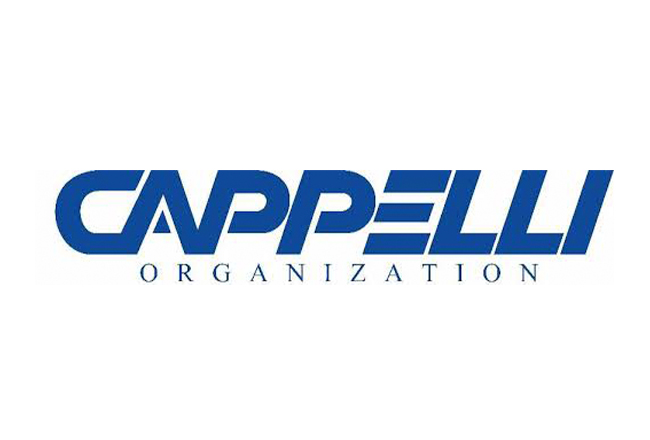A plan for a phased reopening of colleges and universities was unveiled by Connecticut Gov. Ned Lamont today, as the state”™s death toll topped 2,700 but hospitalizations again declined.

According to the Department of Public Health, Connecticut conducted another 2,804 COVID-19 tests, resulting in 374 positive results, for respective totals of 111,447 and 30,995. Hospitalizations fell by 55 to 1,445, while deaths rose by 85 to 2,718.
Fairfield County added 95 positive cases and 17 deaths, for respective totals of 12,455 and 952. Hospitalizations fell by 30 to 489 ”“ just two more than the state”™s second-hardest hit county, Hartford, where hospitalizations fell by 17 to 487.
Stamford has the most positive COVID-19 cases in the state, with 2,797, followed by Bridgeport (2,193), New Haven (1,752), Norwalk (1,645), Danbury (1,459), Waterbury (1,438), Hartford (1,257), West Haven (798), Greenwich (707), Hamden (696) and Stratford (602).
Most of today”™s briefing involved the detailed report containing recommendations for the phased reopening of upper education institutions, following yesterday”™s announcement that all K-12 schools would remain closed for the rest of this academic year. Education is a $10 billion industry for Connecticut, Lamont said.
The recommendations include the gradual reopening of higher education campuses over the course of the summer ”“ at the discretion of each institution ”“ based on the type of educational programs offered and whether they provide residential services. By the fall semester, if prevailing health conditions permit, all of the sector may reopen, although institutions will be free to decide whether they need more time for certain programs to restart.
The report was prepared by Rick Levin, former president of Yale University, and Linda Lorimer, former vice president of global and strategic initiatives at Yale University, both of whom are the co-chairs of the education committee of the Reopen Connecticut Advisory Group.
Timing-wise, Lorimer said that beginning on May 20 research programs can open, followed by nonresidential workforce and degree completion programs at the beginning of June; other nonresidential programs, graduate programs and undergraduate residential small-scale pilot programs in July/August; and undergraduate residential programs and boarding schools on Sept. 1. All dates are provisional, depending on health trends, she noted.

Lorimer also stressed that each school should have a plan for campus repopulation, monitoring health conditions, containment to prevent the spread of the disease when detected, and shutdown if necessary. Each school must submit details addressing each of those issues to the Department of Public Health.
The reopening of any higher education institution will need to be phased based on the varied nature of the activities on its campus, Levin said; research operations that function similarly to the operations of a business can be restarted relatively quickly, while community colleges are easier to open than fully residential colleges, where the challenges are much greater given that students live together in close quarters.
The sequencing of the aforementioned phasing-in is dependent upon several public health conditions that must be met, which include:
- The prevalence of the disease must be low enough to allow the safe resumption of campus operations;
- Institutions that will be housing students 24/7 must have access to enough COVID-19 tests so that entering students can be tested upon arrival, and those students testing positive must be immediately isolated; and
- An adequate capacity for contact tracing must be provided to the higher education institutions.
Approximately 190,000 students are enrolled in higher education institutions in the state, and they employ about 45,000 residents. Most colleges and universities in Connecticut have not shut down their teaching during the spring semester, but rather have employed online methods to continue educating students.
Thomas Katsouleas, president of the University of Connecticut, acknowledged that the moves could lead to a relaunch of competitive sports; the NCAA and school athletic directors are in conversation, he said, but no decisions have yet been made.
Katsouleas also said that deposits for attending UConn this fall are up by 17% from last year ”“ something of a surprise, he said, indicating that “students are thirsty” to return to college life. Connecticut State Colleges and Universities President Mark Ojakian said that inquiries about attending community colleges also appeared to be on the rise.
Trump doesn’t want to be “Mr. Doom and Gloom”
President Donald Trump reversed course on plans to wind down the White House Coronavirus Task Force, announced yesterday. He took to Twitter today to say the task force would “continue on indefinitely with its focus on SAFETY & OPENING UP OUR COUNTRY AGAIN.”
“We may add or subtract people to it, as appropriate,” he wrote. “The Task Force will also be very focused on Vaccines & Therapeutics. Thank you!”
As for reopening ”“ some 38 states have eased at least some restrictions ”“ Trump acknowledged last night that some additional deaths will likely be the result.
“Will some people be affected badly? Yes,” he told ABC News. “But we have to get our country open and we have to get it open soon ”¦. The virus will pass, with or without a vaccine.”
Trump also said he wanted to be a “cheerleader” for the country, and predicted that the economy will be “raging” next year. “I don”™t want to be Mr. Doom and Gloom,” he said. “It”™s a very bad subject.”
The numbers
As of this writing, there are more than 1.2 million positive cases and over 71,500 virus-related deaths in the U.S., with over 165,000 recovered. Globally, there are about 3.7 million positive cases and nearly 260,000 deaths, with more than 1.2 million recovered.




















